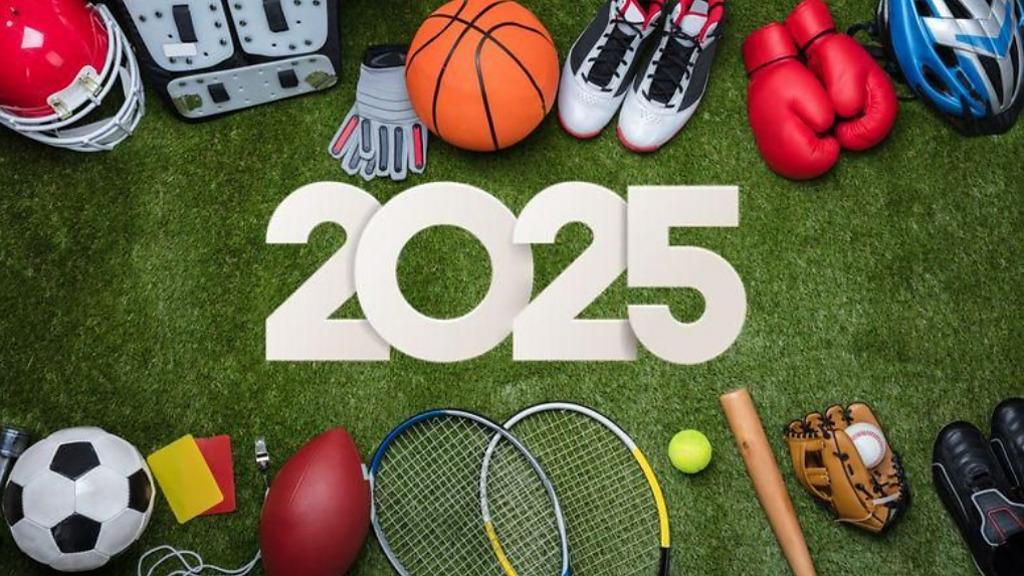The inclusion of technology in sports has been dividing opinions amongst fans for many years with some claiming that it raises the standard of the sport and ensures fair play while others claim that it interferes with the essence of the game and disrupts the free flowing nature of sports. Whatever the opinion may be, it’s undeniable that technology has had a big impact within the sporting industry and will continue to do so in the foreseeable future.
In this exclusive interview with SPOGO, Partha Pemmaraju, Managing Director at Leverage Science and Technologies speaks about the evolution of technology in sports, GaiM analytics, the benefits of his products, getting feedback from athletes and coaches, the future of sports technology and more!
Q 1) How do you think the integration of technology in sports has evolved over the years? How much of a competitive advantage does it give to teams?
It hasn't evolved as much as it should have because the technology bearers do not reap the necessary amount of profit because of the limited market size. We have developed a high speed image processing robot with the same technology being used in Tesla cars, to develop such technology for the sporting audience is not viable. To do this we need to have passion for sports or be in the industry, so there is a scope for further technological advancements in sports.
Regarding competitive advantage, we have bowling machines which can bowl up to 150 km/ hour and can also swing and spin the ball. We have also built machines that can also change the bounce of the pitch, former cricketer VVS Laxman said if not bowling machines, how is it possible to practice at these speeds. Technology can definitely improve the game not only skill but the evolution of sports is connected to technological developments which will give edge to the players who train with it.
Q 2) What is GaiM Analytics? What are the benefits of getting 3D angles in 2D videos to analyze human biomechanics?
GaiM is a system which can calculate the depth from 2D images or videos. Earlier we had to use expensive equipment, now we are using AI and machine learning to access the depth estimation. When the depth estimation is in place we can get the accurate angles, before this there was only video analysis which uses slow motion feed to analyze the players. With the latest technology, we can analyze the gait and biomechanics of a player which in turn helps in self development. GaiM can also check if the bowler is chucking, the 2D video in real time can help in identifying the legal action which will be useful for the umpires. It also corrects the bowler's actions especially at the beginning stages, it is one of the areas where depth estimation comes into use.
Q 3) You have recently got two patents for a sports bat and a ball throwing machine. Tell us more about them and what are the various advantages/benefits they have to offer.
The bat is basically to give feedback to the batsman once he has played his shot without any sensors. The material and the design of the bat is such that if the batsman connects with the ball on the sweet spot that the ball goes towards it's intended direction otherwise it will amplify the error and the batsman will know it immediately so that he can correct it immediately. When I talked about this to Rahul Dravid he questioned me about the difference between this bat and the narrow bat which batters use in practice. I told him that if one misses the sweet spot with the narrow bat you will not come to know by what margin it missed the middle. In our bat, you can calculate the error and it will improve timing and footwork. After learning the fundamentals it is very difficult for any batsman to teach him again. When a batsman loses form it is because loses the mapping and dimensions of the bat and he doesn't know where he is going wrong and why he is losing control. This bat will give him the correct feedback.
The bowling machines in the current market only have one feeding point and one delivery point. In the new invention there are multiple feeding points and multiple delivery points. It can be used for different sports like soccer which is revolutionary. You also get more variation due to the multiple points. If we use the conventional machine for tennis practice you will have to keep it on one side of the court and it will be projecting the ball on the players. In our machine it can be placed in the center of the court and it will deliver to the two players on either side and with different variations. So four players can practice on one bowling machine. There are several such advantages and also it is economically better.

Q 4) Are the technologies that you are currently involved with developing in sports meant for professional sports teams or also for sports enthusiasts? How accessible are these technologies in terms of price, availability, usability etc.
We have a range of products for both professional and recreational sports enthusiasts. We price our products very low as per our policy and we want to stay at the bottom of the pyramid. All our products are priced very low and that is why we don't have much competition. We have these soccer robots and cricket simulators which are for recreational use. We have more than 500 cricket simulators in India alone in all major malls and institutes.
Q 5) How important of a role does feedback have in the development of sports technology? Do you seek expert views from those involved within the industry example: athletes, coaches etc to develop and improve your products?
We continuously interact with all levels of players and coaches as their feedback is necessary for development and further fine tuning the products. Our policy is to come up with useful innovations with commercial values. To get the commercial value, we as a group need to understand the market so that's why we interact with the players and coaches, and in my opinion, commercial viability is the value of any innovations because without commercial value there is no point developing a product. A lot of leading cricketers and international coaches give their inputs and understand what is required and how we can improve it. Once we come up with an idea, we share it with all the lead coaches and they tell us if it's useful or they have understood the product. The magnitude of the success would be decided on the level of interaction with them.
Q 6) What do you envision as the role of technology in the long term future of sports? Is there a worry that the essence and beauty of sports will be compromised with too much data, analysis and technology?
I would say change is the only thing constant in life and in the same way you need to have some technological advancements in sports, if you see the bats in cricket, it has evolved over a period of time and without technology there wouldn’t be any evolution in sports. I would say we don’t lose the essence and beauty of the sport with technological advancements. For example, you have one ball and you need six runs, so in one scenario you have Virat Kohli on strike and in the other scenario MS Dhoni is batting. As an audience, I want to know what is going through their emotions in that particular pressure situation. If there is an option of getting their heartbeat I would like to know how well they react in that situation. This creates an interest in the game and also people will get to see how they react. We as an audience not only get to see the heartbeats but also the players can see how well their body reacts under pressure. In my personal opinion I don't think technology is ruining sports.














